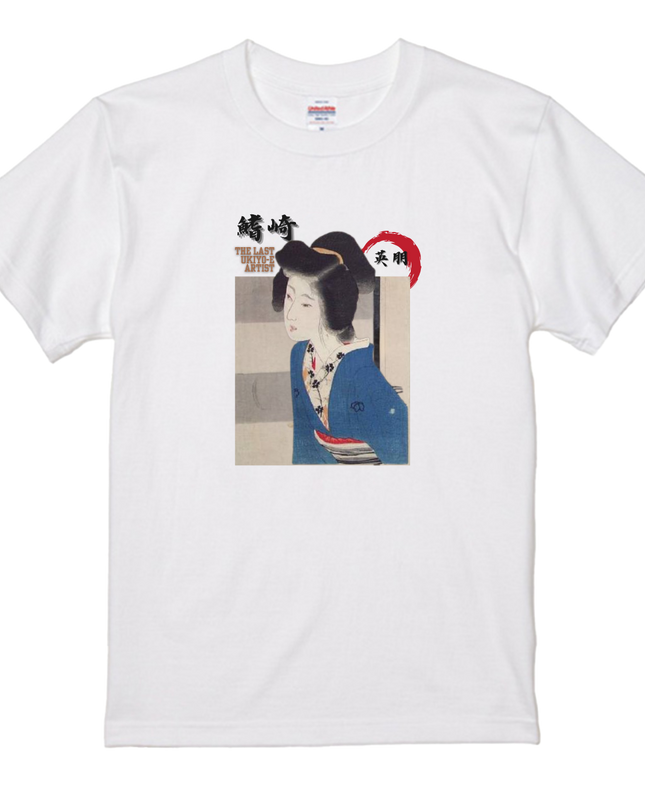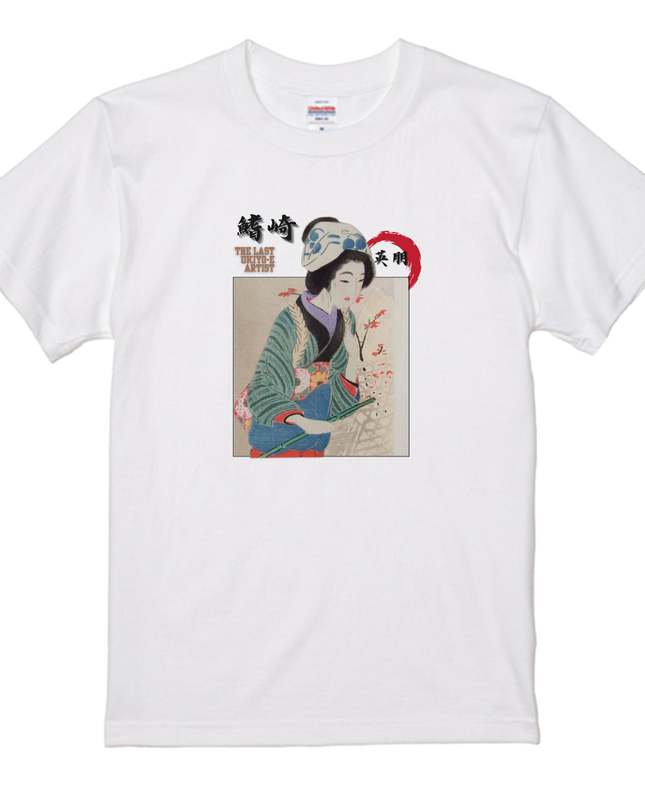明治時代の超絶技巧の絵画や工芸品は、幕末から培われた技術と海外からの影響が融合し、驚くほど精緻な表現を生み出しました。特に、七宝焼、金工(彫金・象嵌)、漆工(蒔絵)、自在置物などが代表的です。
これらは、細部にわたる圧倒的な描写力や、金属で生き物そっくりの動きを再現するなど、現代でも再現が難しいとされる高い技術が特徴です。輸出を目的とした作品も多く、万国博覧会で海外から絶賛され、日本の美術工芸の国際的な評価を高めるきっかけとなりました。
The superb paintings and crafts of the Meiji period combined techniques cultivated since the end of the Edo period with influences from abroad to produce amazingly exquisite expressions. Cloisonne ware, metalwork (engraving and inlaying), lacquerwork (maki-e), and free-form figurines are particularly representative.
These works are characterized by their overwhelming ability to depict details and reproduce lifelike movements in metal, a high level of skill that is said to be difficult to reproduce even today. Many of these works were intended for export, and were highly acclaimed overseas at the World Expositions, leading to the international acclaim of Japanese arts and crafts.



















































